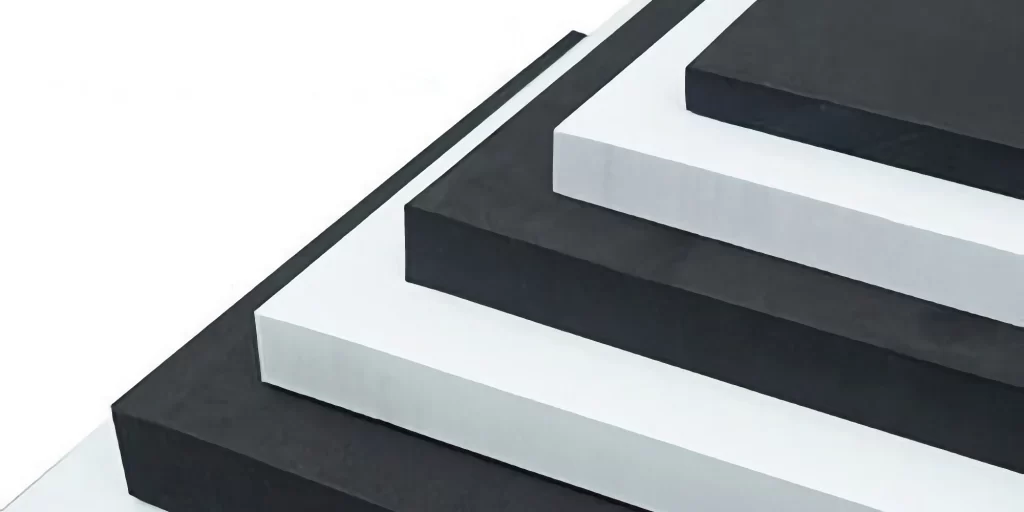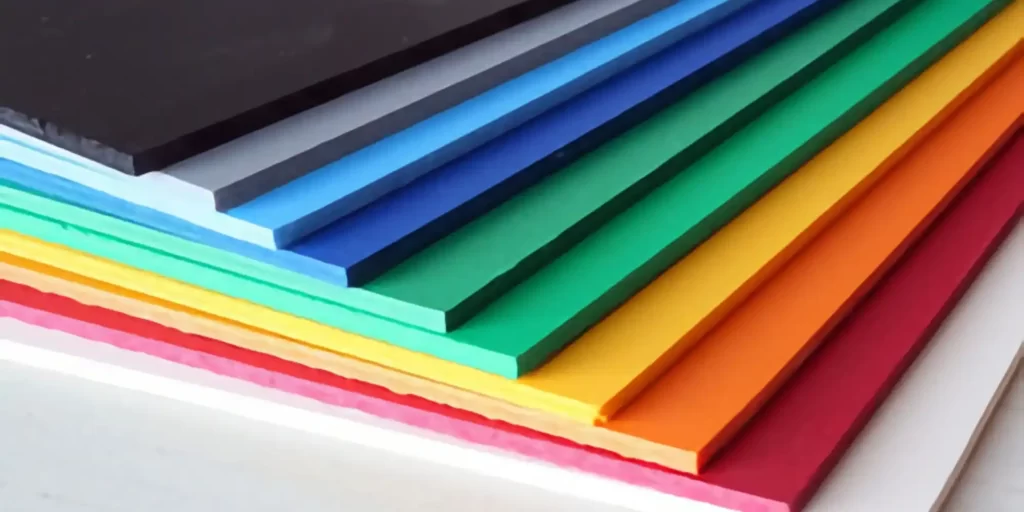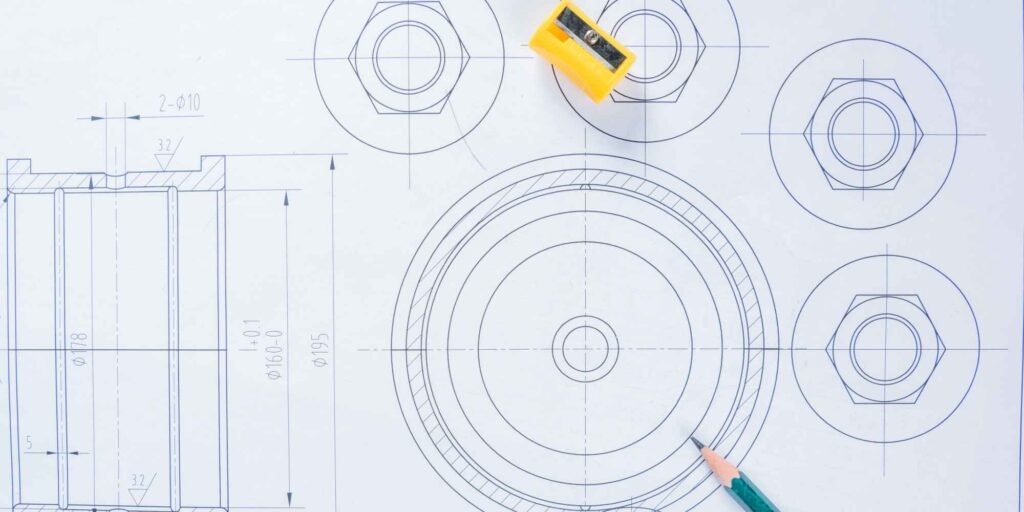Introduction
When it comes to versatile materials, Ethylene-Vinyl Acetate (EVA) stands out as a remarkable choice for a wide range of applications. This article aims to provide you with in-depth EVA material details, covering its chemical composition, physical properties, and numerous applications. Whether you’re an engineer, manufacturer, or a curious individual, this guide will serve as your go-to resource for understanding EVA material.
What is EVA Material?
EVA, or Ethylene-Vinyl Acetate, is a copolymer that combines the elements of ethylene and vinyl acetate. This unique blend results in a material that is extremely flexible, durable, and resistant to various environmental factors. EVA is often used as a substitute for materials like rubber and vinyl, offering a unique set of properties that make it a versatile choice for multiple industries.
Chemical Composition
The primary building blocks of EVA material are ethylene and vinyl acetate. The ratio between these components can be adjusted to produce EVA with varying degrees of flexibility, density, and resistance. Additives such as colorants and UV stabilizers are often included to enhance its performance and appearance.
Physical Properties
EVA material is known for its impressive range of physical properties. Its density can vary from 33 kg/m³ to 280 kg/m³, and its hardness levels can range from 15 to 80 degrees on the Shore C scale. These elements make EVA an adaptable material suitable for a wide array of applications, from lightweight packaging to heavy-duty industrial components.
Manufacturing Process
EVA material is typically processed through a series of steps that include mixing in a Banbury Mixer, followed by extrusion and foaming. These processes can be customized to produce EVA material with specific properties, making it ideal for specialized applications.
Advantages and Characteristics
EVA material offers a host of advantages such as excellent cushioning, resilience, insulation, and buoyancy. Its durability and resistance to weather and chemical elements make it a popular choice for various applications, from footwear to automotive components.
Fabrication Techniques
Once manufactured, EVA material can be further processed using various fabrication techniques like foam skiving, custom die-cutting, and foam lamination. These methods allow for the production of a wide array of products, from simple mats to intricate components.
Applications
EVA material finds its use in a multitude of products including shoe insoles, toys, swimming kickboards, foam puzzle mats, and even in the automotive and healthcare industries. Its adaptability and range of beneficial properties make it a material that continues to drive innovation across various sectors.
Frequently Asked Questions (FAQ)
Conclusion
Understanding the technical details of EVA material is crucial for both manufacturers and end-users. Its unique set of properties and versatility make it an invaluable material in today’s world. Whether you’re looking to choose the right material for your next project or simply want to understand EVA better, we hope this guide has been informative.






